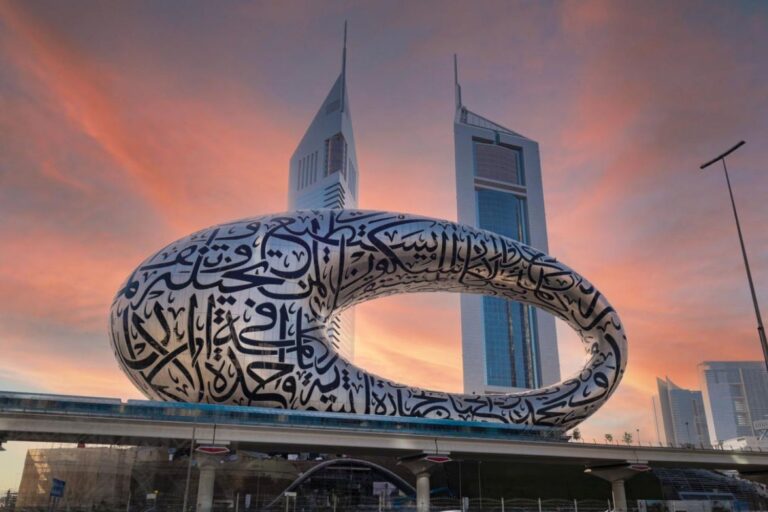Food
Food Categories, unlike tags, can have a hierarchy. You might have a Jazz category.
Search
Food Categories, unlike tags, can have a hierarchy. You might have a Jazz category.
Review Categories, unlike tags, can have a hierarchy. You might have a Jazz category.
Guides Categories, unlike tags, can have a hierarchy. You might have a Jazz category.
Travel Categories, unlike tags, can have a hierarchy. You might have a Jazz category.
![]() By Quppy
By Quppy
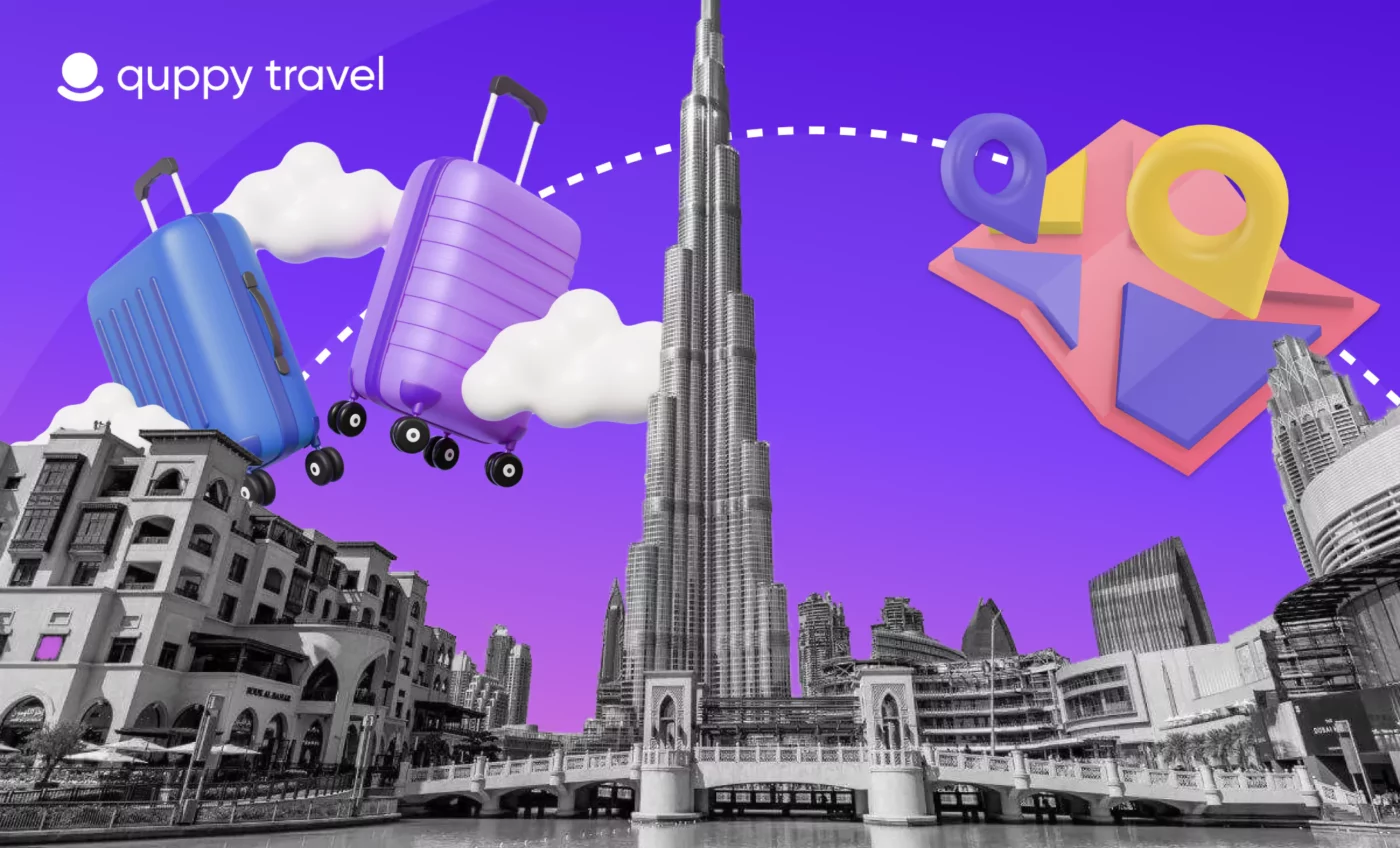
Dubai, once a humble fishing village on the Persian Gulf, is now one of the world’s most multicultural cities and aspired destination for both business and leisure trips. The city is home to over 200 different nationalities and is one of the seven emirates that make up the United Arab Emirates. It provides all visitors with an unforgettable experience. If you are planning to visit Dubai, here is a comprehensive list of the best places to visit in Dubai.
Dubai’s iconic building and major tourist attraction is the Burj Khalifa. Being a 829.8 meters tall, Burj Khalifa is the world’s tallest building and the city’s most famous landmark.
For most visitors, a trip to the observation deck on the 124th floor is a must-see, as the bird’s-eye views of the skyline are simply stunning.
The beautiful observation deck includes a multimedia presentation of both Dubai and the Burj Khalifa building (completed in 2010). Then a high-speed elevator takes you to the observation deck to contemplate 360-degree views of the skyscrapers and the desert on one side, and the ocean on the other.
Buy your entry ticket to the Burj Khalifa “At the Top” in advance to avoid long lines, especially if you’re planning to visit over the weekend.
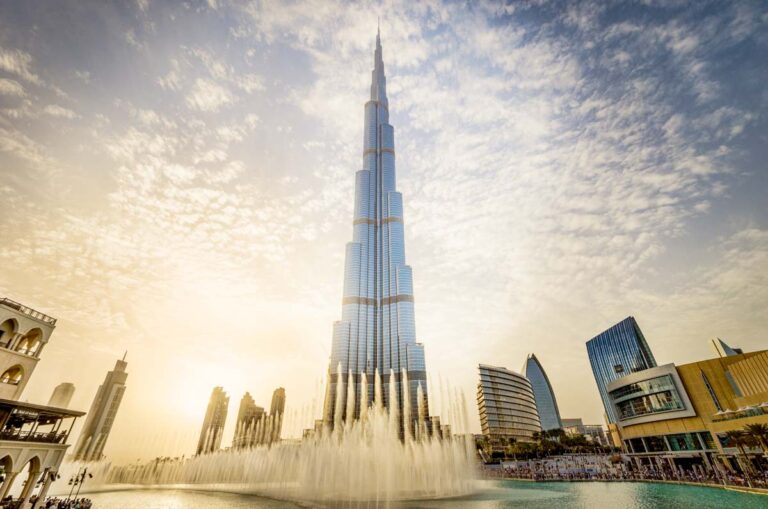
Burj Khalifa is surrounded by the gardens of Burj Park where walkways are dotted with contemporary art sculptures. Come to the Burj Park to see the exposition of Dubai Fountains at the Burj Lake.
Designed after the famous Bellagio Fountains in Las Vegas, this is the tallest fountain in the world with water performances rising up to 150 meters into the air.
The 30-minute fountain shows run regularly after dark, and while the general performance is free, there is a fee to enter the extras.
The floating Dubai Fountain Boardwalk is one of the most popular close-up viewing spots, and you can also ride an abra (traditional wooden boat) around the Burj Lake to see the fountains from the water.
The Dubai Aquarium
The Dubai Aquarium shelters 140 species of marine life in a huge hanging aquarium on the first floor of the Dubai Mall, one of the most admired shopping destinations in the whole UAE.
While there is free viewing from the mall, the highlight of a visit is the entrance to the Underwater Zoo, with its three-story, 270-degree views along the glass-paneled tunnels.
In addition to seeing a huge amount of marine life, the Dubai Aquarium offers plenty of water activities for visitors who want to get up close with some of the aquarium’s inhabitants, from hand feeding eagle rays to reef diving close to tiger sharks.
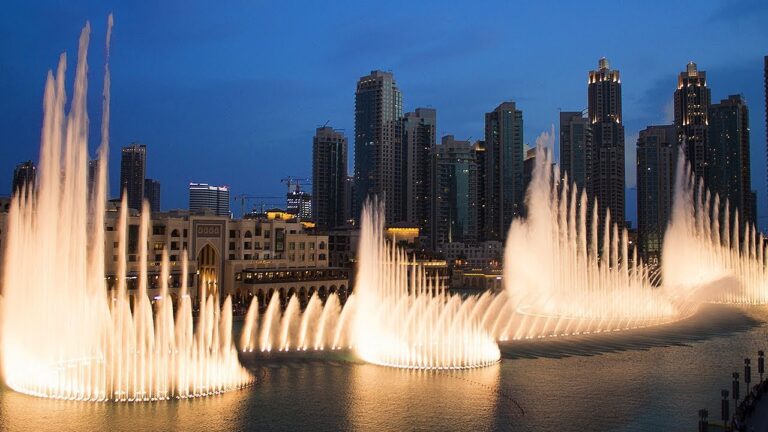
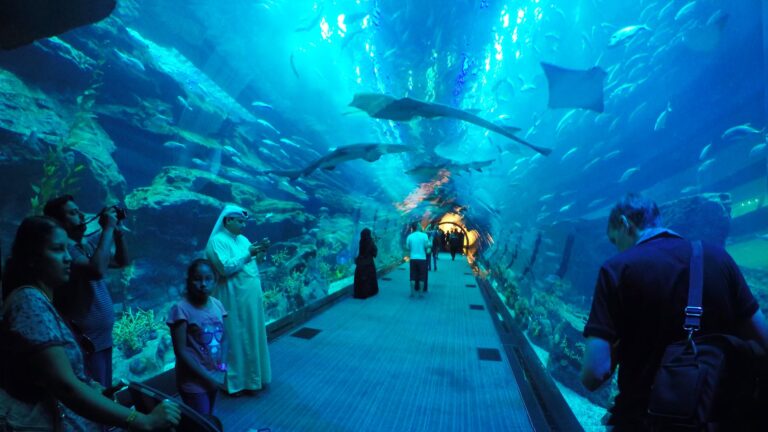
Burj Al-Arab is the tallest hotel in the world, standing 321 meters high on its own man-made island off the coast of Dubai. Burj Al-Arab is one of the most expensive hotels in the world, with the most luxurious suites costing over $15,000 for a single night.
Designed to resemble a billowing sail, the exterior of the building is lit up at night with a choreographed color light show.
Experience ultimate luxury ordering your afternoon tea at the Skyview Bar on the 27th floor of this skyscraper.
Non-guests of the hotel can also dine at Al-Mahara Underwater Restaurant, where floor-to-ceiling glass panels in the dining room walls allow visitors to watch marine life while dining. There is also a wonderful option of a fusion dining at California-style Scape restaurant.
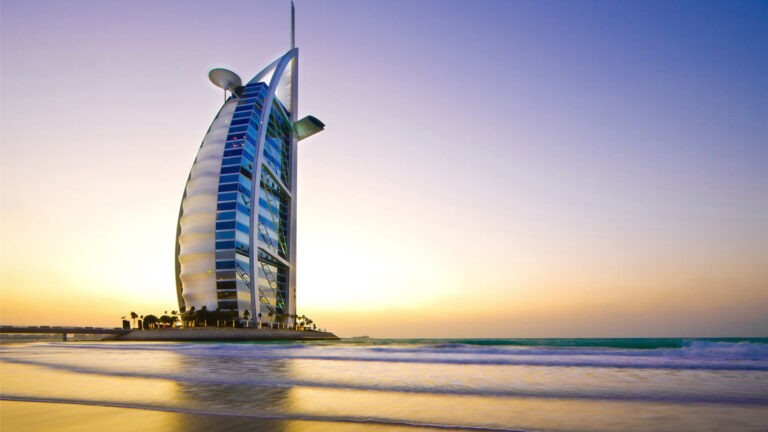
Dubai Creek divides the city into two cities: Deira in the north and Bur Dubai in the south.
The stream was an influential element in the development of the city, first attracting settlers to fish and dive for pearls. Small villages grew along the stream as early as 4,000 years ago, and the modern era began in the 1830s when the Bani Yas tribe settled in the area.
Visitors come to the creek to view the city from the water, either by taking a trip on one of the many dhows that have been restored as tourist cruise boats, or by jumping on an abra (small wooden ferry) between ferry crossings on the river Ber Dubai and Deira by the stream.
On the Bur Dubai Bay side adjacent to the Bastakiya area, the waterfront has been transformed into the Al Seef area, with a waterfront lined with traditional coral block and limestone buildings, a floating market and handicraft shops. This is a great place for a walk with breathtaking seaside views.
Further southeast down the creek, on the banks of Deira north of the Al Maktoum bridge, is the dhow pier. It is still used by small traders from across the Persian Gulf who sail their dhows to Kuwait, Iran, Oman, India and down to the Horn of Africa.
This tiny remnant of Dubai’s traditional economy is a charming place to wander around and watch cargo being loaded and unloaded on and off the dhows.
At the southeast end of Dubai Creek, just before the creek joins the Dubai Canal, is the newly built Dubai Creek Harbor with a waterfront offering great views of the city skyline.
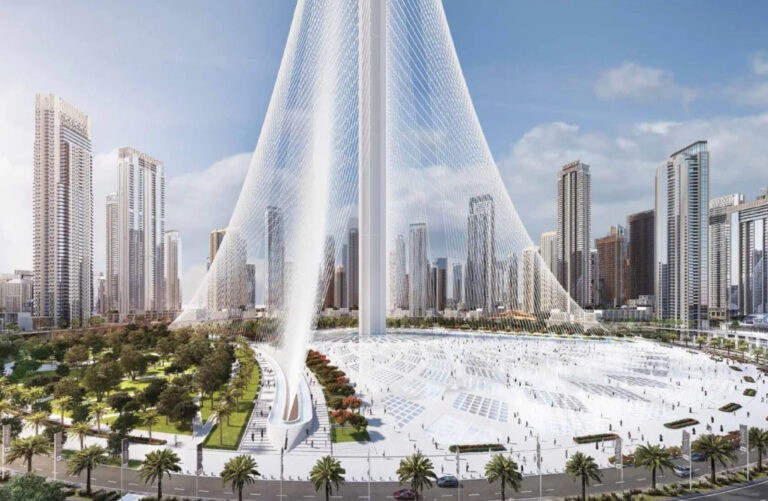
Al Fahidi (previously known and sometimes still called the Bastakiya area) was built in the late 19th century as the home of wealthy Persian merchants who traded mainly in pearls and fabrics and were attracted to Dubai by the tax-free trade and access to Dubai Creek.
Al Fahidi occupies the eastern part of Bur Dubai along the stream, and the coral and limestone buildings here, many of which have walls topped with wind towers, are perfectly preserved.
The wind towers provided the houses here with an early form of air conditioning—the wind trapped in the towers was channeled down into the houses. Persian merchants probably brought this architectural element (common in Iranian coastal houses) from their home country to the Persian Gulf.
Narrow streets surrounded by characteristic Arabic architecture are very reminiscent of a bygone and much slower era in Dubai’s history.
Inside the area, you will find the Majlis Gallery with a collection of traditional Arabic ceramics and furniture (housed in a wind tower) and the Alserkal Cultural Foundation with a shop, café and changing art exhibitions (located in one of the historic buildings).
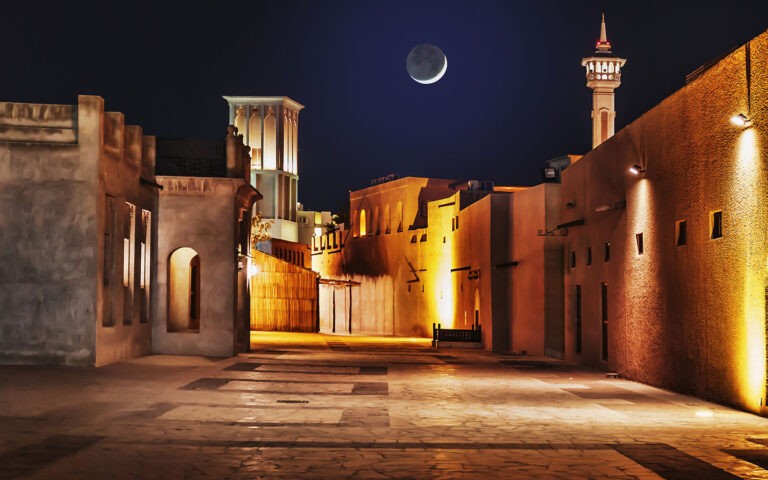
This long and wide stretch of white sand is the best place to relax in Dubai.
Some of Dubai’s most popular beach resorts are sprawled along its length, making it one of the most popular holiday destinations for visitors who want to make the beach a major part of their stay in Dubai.
Large stretches of the beach have excellent amenities, with plenty of sun loungers, restaurants, lifeguards, patrolled swimming areas, and water sports operators offering jet skis, kayak rentals, parasailing, and boat trips.
It is a safe beach for families traveling with children as the turquoise waters of the bay are shallow and calm.

The superb Dubai Museum is housed in the Al Fahidi Fort, built in 1787 to protect the Dubai Creek. The walls of the fort are built from traditional coral blocks and held together with lime. The top floor is supported by wooden posts and the ceiling is built from palm leaves, clay, and plaster.
During its history, the fort served as the residence of the ruling family, the seat of government, the garrison and the prison. Refurbished in 1971 (and again thoroughly in 1995), it is now the city’s main museum.
At the entrance there is a fascinating display of old maps of the Emirates and Dubai showing the gigantic expansion that has hit the region since the oil boom. The courtyard houses several traditional boats and a palm leaf house with an Emirati wind tower. Weapons are presented in the right hall, and musical instruments of the Emirates are presented in the left hall.
